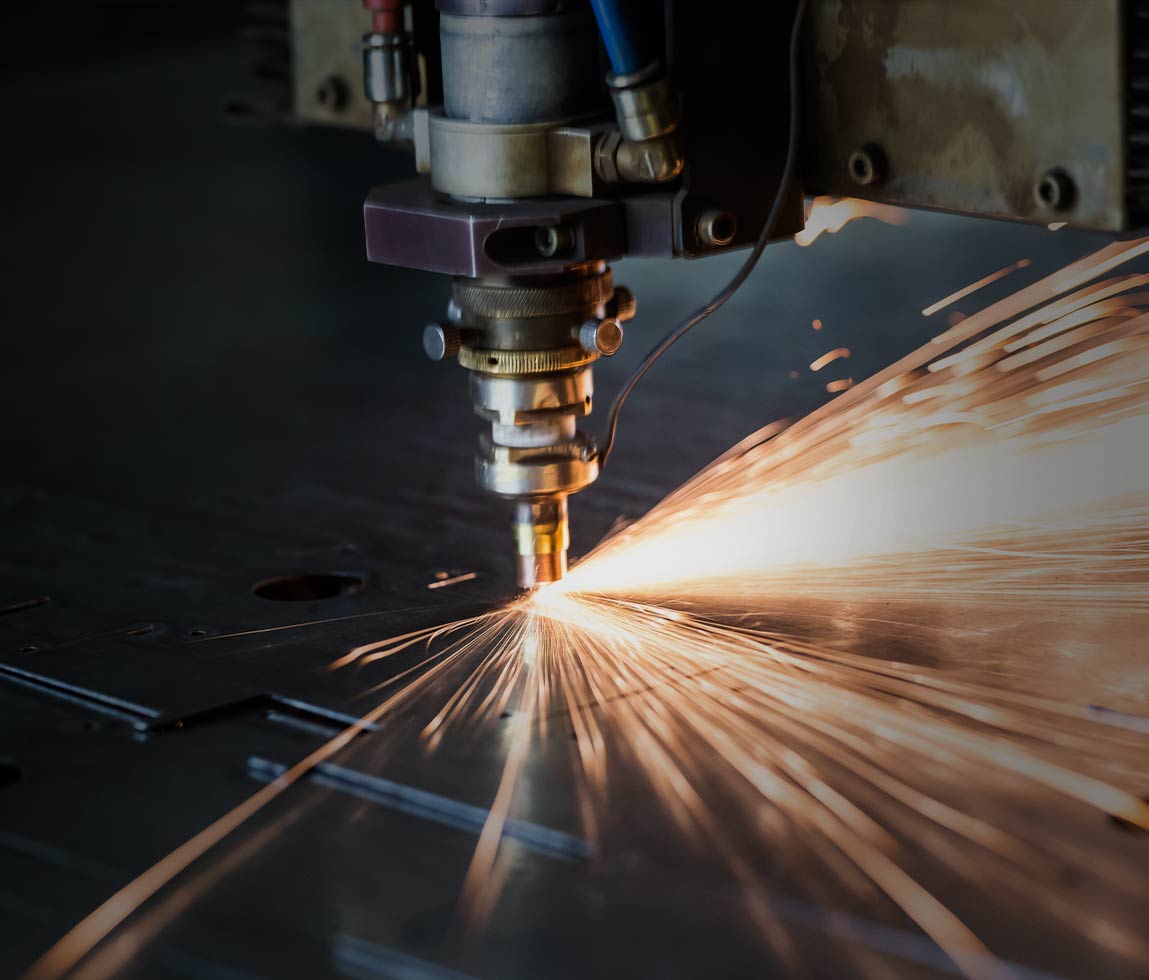Market Expansion Driven by Emission Regulations and New Energy Vehicles
China’s automotive three-way catalytic converter (TWC) industry is experiencing robust growth, fueled by stringent emission standards and the rapid adoption of new energy vehicles (NEVs). According to recent reports, the market size is projected to reach **¥1.8 trillion (250billion)by2025∗∗and∗∗¥3trillion(415 billion) by 2030**
The implementation of China VI-b emission standards has intensified demand for high-efficiency catalytic systems, while NEVs—despite their rise—still rely on TWCs for hybrid and fuel-cell vehicles, ensuring sustained market relevance
Key drivers include:
- Government subsidies for R&D and production of advanced catalytic materials1.
- NEV penetration: TWCs remain critical for hybrid models, with demand growing at a CAGR of 15%38.
- Recycling initiatives: Innovations in platinum-group metal (PGM) recovery technologies reduce reliance on raw material imports9.
Technological Breakthroughs Redefine Performance
Innovation is reshaping the TWC landscape, with breakthroughs in low-temperature activation, non-precious metal catalysts, and smart monitoring systems:
- Low-Temperature Catalysts: Companies like Guihang Group and Aikelan Environmental have developed TWCs that achieve 90% conversion efficiency at 150°C, addressing cold-start emissions13.
- Non-Precious Metal Alternatives: Research into ceramic-based catalysts and metal-organic frameworks (MOFs) aims to reduce dependency on platinum, palladium, and rhodium, cutting costs by 20–30%19.
- AI-Driven Optimization: Integration of IoT sensors and machine learning enables real-time emission monitoring and predictive maintenance, enhancing durability by 15–20%57.
Collaborations between automakers (e.g., BYD, SAIC) and academic institutions like Tsinghua University are accelerating material science advancements
Competitive Landscape: Domestic Leaders vs. Global Giants
The market is dominated by a mix of domestic champions and multinational players:
- Domestic Leaders: Guihang Group, Aikelan Environmental, and Wanli Automotive hold 45% of the domestic market, leveraging cost-effective solutions and localized supply chains35.
- Global Competitors: Delphi (BorgWarner), Bosch, and Johnson Matthey lead in premium segments, focusing on ultra-low PGM-loading catalysts and modular designs110.
- Emerging Startups: Smaller firms like Tivan Limited and Catalyst Metals are exploring recyclable catalysts and hydrogen-compatible systems, targeting niche markets11.
Regional production hubs in Jiangsu, Zhejiang, and Guangdong account for 70% of China’s TWC output, supported by dense automotive supply chains
Sustainability and Circular Economy Initiatives
Environmental concerns are reshaping industry practices:
- PGM Recycling: Companies like Clariant and Umicore are scaling hydrometallurgical processes to recover 95% of platinum and palladium from spent catalysts910.
- Green Manufacturing: Adoption of renewable energy in production and biodegradable coatings reduces carbon footprints15.
- Policy Alignment: China’s “Dual Carbon” goals mandate stricter lifecycle emissions assessments, pushing firms to adopt ISO 14046 standards78.
Future Outlook: Challenges and Opportunities
While growth prospects are strong, challenges persist:
- Raw Material Volatility: Fluctuating PGM prices threaten profit margins9.
- NEV Disruption: Full electrification could shrink TWC demand post-2035, necessitating diversification into hydrogen and synthetic fuel applications37.
- Global Expansion: Chinese firms like CATL and Huawei are investing in overseas R&D centers to capture markets in Southeast Asia and Europe10.
Strategic Recommendations:
- Prioritize PGM-free catalyst R&D to mitigate supply risks9.
- Forge partnerships with battery and fuel-cell developers for integrated emission solutions58.
- Leverage digital twins and blockchain for supply chain transparency7.
Conclusion
China’s TWC industry stands at a crossroads, balancing technological innovation with sustainability imperatives. As automakers and regulators push for cleaner mobility, the sector’s ability to adapt will determine its role in the global green transition. Investors and stakeholders are advised to monitor R&D breakthroughs, policy shifts, and cross-industry collaborations for long-term opportunities.
Keywords: Three-Way Catalytic Converter, Automotive Emission Control, China Market, Sustainable Catalysts, PGM Recycling, NEV Trends.

